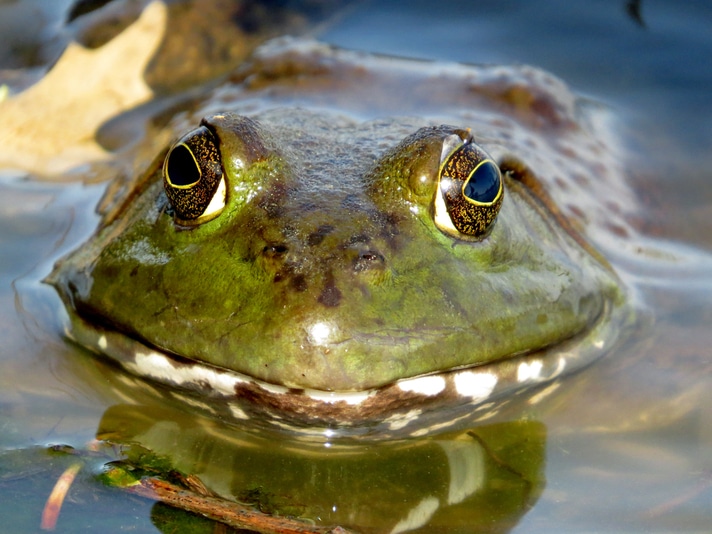USGS study shows decline in amphibians on IUCN Red-List at 11.6 percent annually since 2002.
The U.S. Geological Survey published a study last week in the PLoS One Journal that states that frog and amphibian populations in the United States have declined 3.7 percent each year from 2002 to 2011. The scientists looked at data from 34 sites and 48 species.
The USGS used data from its Amphibian Research and Monitoring Initiative (ARMI) and found that species on the International Union for Conservation of Nature (IUCN) Red List are declining at a rate of approximately 11.6 percent each year, and those listed in the category of Least Concern are also experiencing declines. If kept unchecked, the Red-listed species would disappear from half of their known U.S. habitats in six years and those of least concern would disappear from their currently known habitats in about 20 years.
“This new study confirms that our country’s amphibians are facing an extinction crisis that demands aggressive action to tackle threats like habitat destruction and climate change,” said Collette Adkins Giese, a Center for Biological Diversity biologist and attorney focusing on protection of amphibians and reptiles. “Scientists have known for a long time that frogs, toads and salamanders are in big trouble, but the declines this study documents are surprising and disturbing.”
The scientists say the ARMI data is unbiased in that it looks at repeated surveys and uses statistics to account for the probability of detecting species that are present in a broad range of habitats (ponds, watersheds, plots) and geographic areas. Calling surveys were also used in collecting data as well. Prior analyses of species relied count data, where scientists count animals from an individual population. The ARMI data looks at the number of populations and not the change in abundance of a given species.
Watch Bryan Maltais’ YouTube Video of the Western Boreal Toad and his take on the Chytrid fungus that is wiping out amphibian populations around the world.
Researchers who contributed to the report are Michael J. Adams, David A. W. Miller, Erin Muths, Paul Stephen Corn, Evan H. Campbell Grant, Larissa L. Bailey, Gary M. Fellers, Robert N. Fisher, Walter J. Sadinski, Hardin Waddle, and Susan C. Walls.
The full report, Trends in Amphibian Occupancy in the United States, can be found here.



